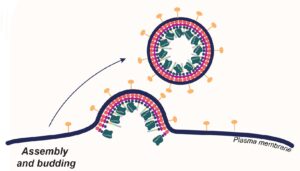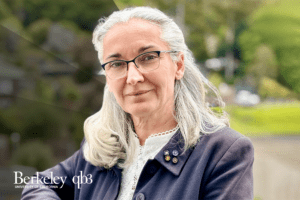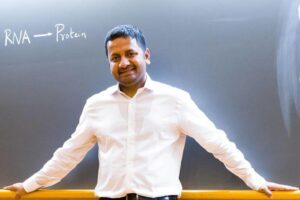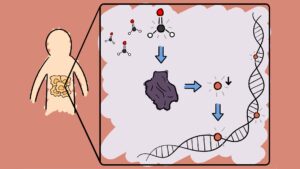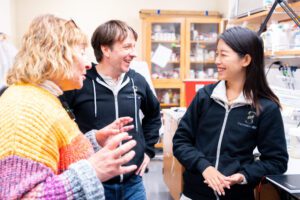
SCET Alum and Berkeley Professor Launch Generation Lab for Personalized Anti-Aging
February 02, 2024
SCET Alum Alina Su and University of California, Berkeley Bioengineering Professor Irina Conboy are co-founding Generation Lab with the Mission to Extend the Human Healthspan. SCET Alum and former Collider Cup winner, Alina Su, and University of California, Berkeley Bioengineering Professor Irina Conboy are co-founding Generation Lab with the Mission to Extend the Human Healthspan – Waitlist for Its Clinically…

